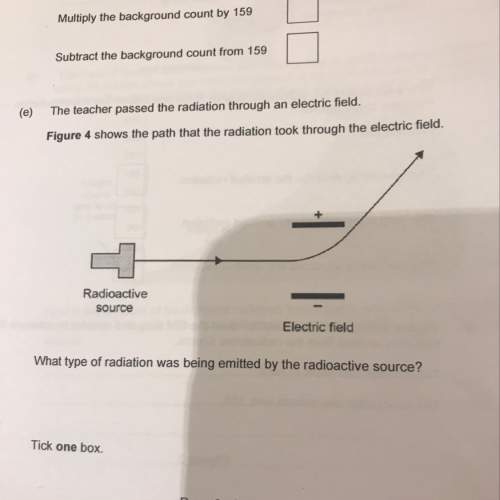
Biology, 08.04.2021 21:30 ashleyrichard29
3. Describe the three types of formed elements.
4. Understand how leukocytes, nonspecific chemical defenses, inflammation and fever contribute to our second line of defense against pathogens.
5. What are the different types of leukocytes and their functions?
6. Which leukocytes are involved in the second line of defense?
7. Describe the three types of cells that kill extracellularly.
8. List and describe the nonspecific chemical defenses of the second line of immune defense.
9. Understand the steps of the inflammatory response.
10. Describe the relationship between Gram-negative bacteria and fever.
11. Describe three characteristics of the epidermis that make it an intolerable environment for most microorganisms.
12. Describe the physical components of the nonspecific 1st line of immune defense.
13. Describe the chemical components of the nonspecific 1st line of immune defense.
14. How does the 1st line differ from the 2nd line of immune defense? (Make sure to give a detailed response that states basically what both line of defense do.)
15. Describe each of the nonspecific chemical defenses of the 2nd line of immune defense.
16. Describe the cellular components of the nonspecific 2nd line of immune defense.
17. Name and differentiate between the different types of granulocytes and agranulocytes.
18. Describe the major events in the inflammatory response including the stimuli, physiologic reactions and symptoms.
19. Describe the events that give rise to macrophages.
20. What is phagocytosis and how is it involved in our body defending us from pathogens.
21. How is fever involved in immunology? If a fever gets too high, why is that dangerous? (I need an answer in terms of the specifics of what fever does to the immune system and what high fever can do to the cells of the body).

Answers: 1


Another question on Biology

Biology, 21.06.2019 23:00
Neelaredoxin is a 15-kda protein that is a gene product common in anaerobic prokaryotes. it has superoxide-scavenging activity, and it is constitutively expressed. in addition, its expression is not further induced during its exposure to o2 or h2o2 (silva, g., et al. 2001. j. bacteriol. 183: 4413–4420). which of the following statements best describes neelaredoxin synthesis? a-neelaredoxin is produced at all times; levels are constant even when exposed to o2 or h2o2.b-neelaredoxin is produced at all times; exposure to o2 or h2o2 increases expression.c-neelaredoxin is produced at all times; exposure to o2 or h2o2 decreases or prevents expression.d-neelaredoxin is only produced when there is exposure to o2 or h2o2.
Answers: 3

Biology, 22.06.2019 05:00
How will you manage your time to accomplish the necessary tasks both on the job and at home?
Answers: 1

Biology, 22.06.2019 10:00
What are the proteins in connectivity tissues of your foot examples of?
Answers: 2

Biology, 22.06.2019 11:30
To store strawberries in sugar syrup, lucy placed them in a jar and covered them with sugar but did not add any water. do you think syrup will be formed? justify. a. no. since water is not added, there cannot be any syrup formation. b. no. the higher concentration of sugar on the outside will cause the water from the sugar to diffuse in the strawberry cells causing them to swell without formation of any syrup. c. yes. the higher concentration of sugar on the outside will cause the water from the strawberry to diffuse out resulting in syrup formation. d. yes. the sugar will melt over time and form the syrup.
Answers: 2
You know the right answer?
3. Describe the three types of formed elements.
4. Understand how leukocytes, nonspecific chemical...
Questions

Chemistry, 11.01.2021 21:50


Mathematics, 11.01.2021 21:50


History, 11.01.2021 21:50



Mathematics, 11.01.2021 21:50

Physics, 11.01.2021 21:50


Chemistry, 11.01.2021 21:50


English, 11.01.2021 21:50




Mathematics, 11.01.2021 21:50

Mathematics, 11.01.2021 21:50


Physics, 11.01.2021 21:50




